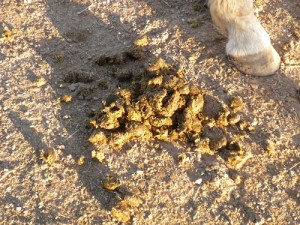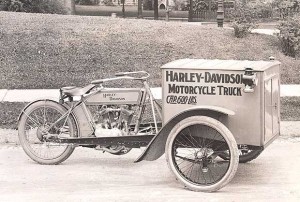On the way home in the car today from a visit to a horse riding centre, my daughter Rosie was asking me why the horse poop is gathered up.
I said that if the centre sells the dung, then some money can be raised to help the centre to buy more resources. “But who would ever want to buy horse poop?” she asked, “What could it possibly be used for? … Surely it’s no good to eat?”

I explained that it makes the garden grow wonderfully because the plants all reckon it’s good food.
I went on to relate how, when I was a boy, a majority of the vehicles on the road were drawn by horses since there were not many motor cars, and that every time we heard the “clop, clop, clop” of a horse going up our street, my Mum would send us kids out with a bucket and spade to see whether there were any horse droppings out in the street. If there were any dung, we were to gather it up before the neighbours could get it so that Mum could put it on the garden so that our vegetables would grow bigger and better.
This explanation to my daughter caused me to think further about things of long ago.
The principal reason for the large number of horse-drawn vehicles on the road during the first part of my childhood was that during the Second World War, large numbers of more recently-built motor vehicles had been “commandeered” by the military to be used in support of the war effort.
All of the regular visitors to our street: the baker, the milkman, the ice man, the tinker, the grocer, and the greengrocer all drove horse-drawn vans or wagons.
Some deliveries were done using motor vehicles that were then almost fifty years old and if still about today would be worth a small fortune each as “veteran” vehicles. I clearly remember a flat tray truck belonging to a carrier which was fitted with solid rubber tyres. It had been built in 1904.
I also remember seeing lightweight delivery vehicles which looked like a motorbike with two steerable front wheels which had a cargo box between them. Researching these on the Internet I find that production ceased in about 1915 when the use of sidecars became more widespread.

Another vivid memory is watching the street lamps slowly coming on one after the other as the lamp lighter used a long pole of some sort to light each gas lamp in the street before walking along the street to the next. The electric lights replaced these in our street in the late forties or possibly even the early fifties. The replacement of gas street lamps by electric street lights was completed in Geelong during 1954, but I cannot find anyone still alive who can tell me when our street was done.